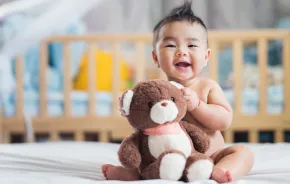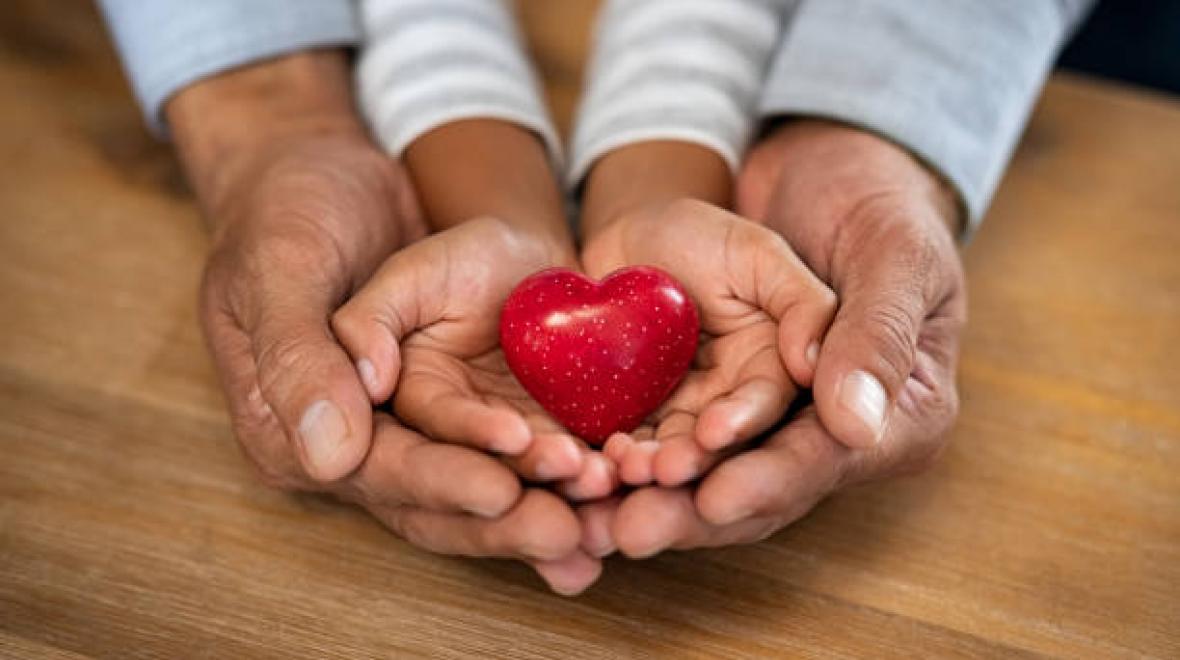
Building a family is a deeply personal journey, no matter how you go about doing it. Adoption still hasn’t quite shaken off the aura of mystery and shame that cloaked it from the Victorian era into the 21st century. Despite the assumptions and misconceptions that a lot of people have, there are almost as many ways to build a family through adoption as there are families. Here, three local families share the story of their pathway to adoption.
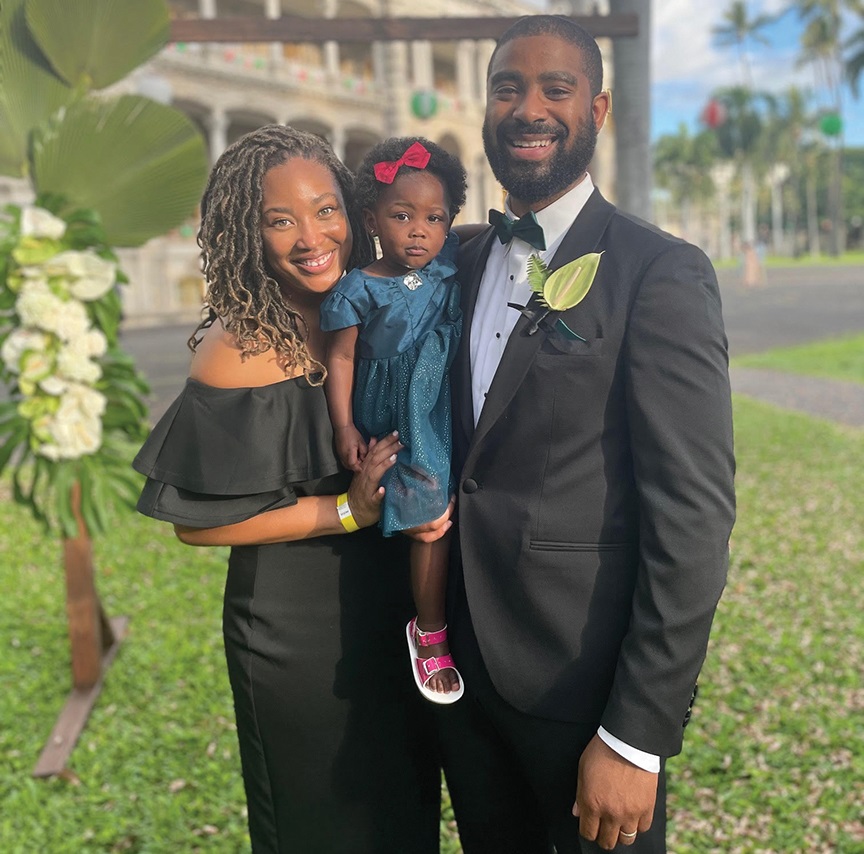
Private adoption agency
After struggling with infertility, Erin Dickerson Glover and her husband, Gerald, turned to adoption. They considered international adoption, but that option was not a possibility during the pandemic. Instead, they chose private adoption through a full-service, faith-based agency that their friends had used successfully.
After nearly a year of waiting and a couple of near matches, they suddenly received five possible situations. They pursued each one until everything fell into place with an 11-month-old baby in South Carolina. The couple traveled to meet the birth family, and in October 2021, exactly one year after submitting their application, they brought their daughter, London, home.
The family is now preparing to start the process of adopting a sibling for London and plans to use the same agency again.
Adoption is not for everyone, but if you have space in your heart and space in your home, then fostering and adopting are amazing ways that you can give back and build your family.
What surprised you about the adoption process?
It was important to us that at least one birth parent shared our African American heritage. Surprisingly, that was harder than I thought it was going to be. A lot of verbiage around adoption in this country has a lot to do with babies of color, and that was not the picture we were experiencing.
How do you navigate open adoption?
I truly didn’t understand the magnitude of importance of open adoption until I read “Adoption Joys” [by Doris Howe] as part of my research. I realized it isn’t healthy for anyone to remove the history of a person’s identity. I’m a huge advocate of open adoption now for anyone who has that option.
She [London’s biological mother] was 20 years old with an unexpected pregnancy during a pandemic. She told me that she always felt like she was carrying someone else’s baby. She was very mature in this mindset of hers to be brave enough to make this choice for London.
We agreed to monthly texts and photos and no direct contact for a year to let London bond with us uninterrupted. But the story just grows, and now London’s bio mother calls me her second mama — because I am old enough to be her mother. Now, we text whenever we want to. We FaceTimed for her birthday, and she and London had a great conversation with no tears. My mom and the biological grandmother have even talked. It’s been the most amazing experience. There’s just a sense of additional family. We’ve united two families forever.
What would you do differently next time?
I will have a different mindset about the timeline and feel more hopeful the second time. I know it will happen, but I won’t have a timeline.
What advice do you have for prospective adoptive parents?
It was helpful for us to meet with a counselor from our agency to help form an idea about what adoptive parenting would look like for our family. Be honest with yourself and your spouse about what you’re willing to say yes to in regard to a possible adoptee and about why you are choosing adoption.
Find others in the adoption community so you won’t feel so alone. And read. There are so many great books and resources about the triad. I find adoption to be one of the most beautiful ways people can give back to humanity. Adoption is not for everyone, but if you have space in your heart and space in your home, then fostering and adopting are amazing ways that you can give back and build your family.
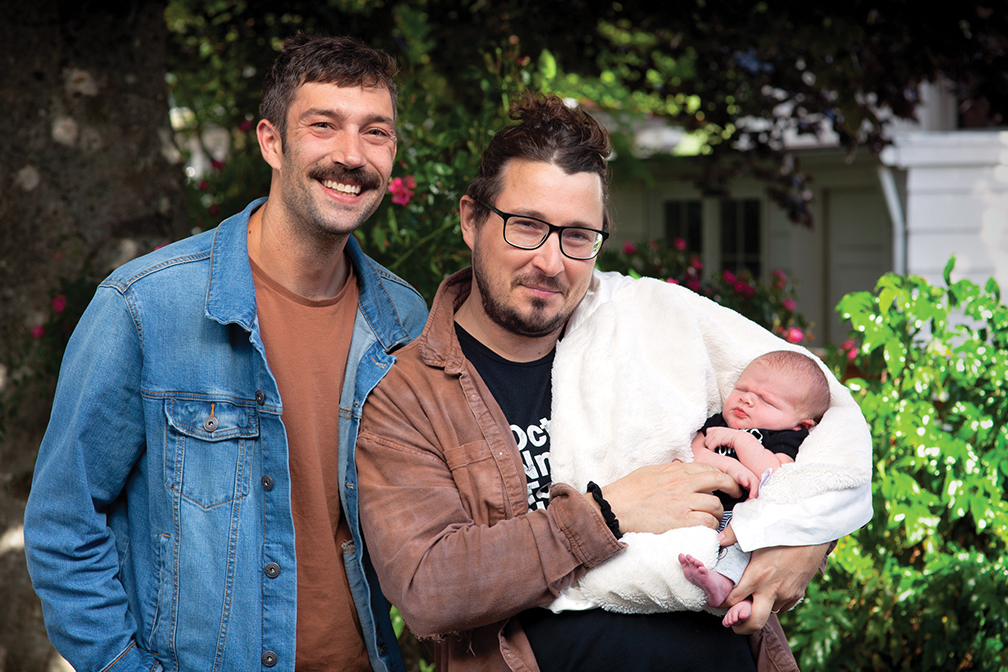
‘DIY’ private adoption
Barret Anspach and Seth Garrison decided to adopt through the foster system before the pandemic ground that process, like so many others, to a halt. So, they turned to private adoption. They signed up with an agency, but in the end, they barely used the agency’s services. Instead, the mother of their child found them on PairTree, an online adoption matchmaking service based on personality traits.
They worked directly with a social worker and attorneys to complete the adoption. Despite a few tense moments and the challenges of learning along the way, the entire process took less than a year, and the couple was even able to attend the birth of their son, Estes.
Although Garrison says they would be confident navigating another completely DIY adoption, the family has become so close with Estes’ birth mom that they are working with her for surrogacy to give 9-month-old Estes a sibling.
What surprised you about the adoption process?
It’s surprising how much attention we get for our closeness with the birth mother. I think a lot of people want to protect themselves. But the laws are strict: No one is going to take your adopted child from you. I want as much joy and love for my child as he can get. We maintain connections not because of biology — it’s more to know about yourself and where you come from.
How do you navigate open adoption?
We just get along, but even if we didn’t, I would make that a priority. Having an awareness of biological family is cool, not scary. She has another kid, and he visits us, too. That’s such a rich connection for our son. The biological father appeared out of nowhere at the end of the process, and that was a fearful moment because we didn’t know him. But now he’s a friend as well. He has visited us twice. Estes gets lots of Christmas presents from extended family!
What was the hardest part of an independent adoption?
For us, the process went as smooth as it can go, but the unknown is really hard. I didn’t understand how it worked or how agencies and legal fees depend on the state [in which the adoption takes place]. The fees can really add up and they are hard to predict. There is a lot of waiting; and before the biological parents terminate parental rights, there is a lot of legal uncertainty.
What advice do you have for prospective adoptive parents?
Be patient and don’t take things too personally. It will be difficult, but you don’t have to plan for the worst-case scenario — have hope. Have direct contact with birth mothers. The point is to make a connection between people with corresponding needs and to care for people in the other position. You want a child, but also [to] send good energy to the person birthing your child. They are very important, regardless of their circumstances. It’s a beautiful process.
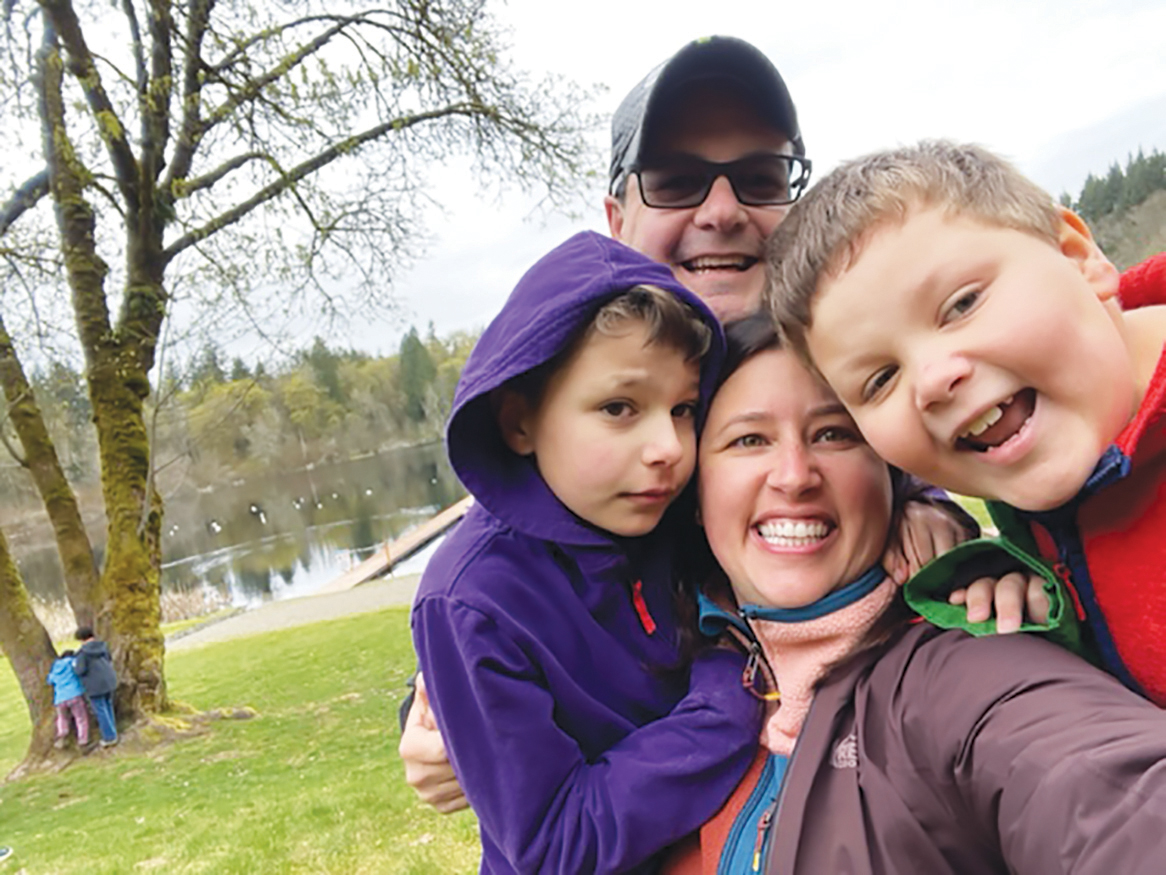
Adoption through the foster care system
When Adrienne Query-Fiss and her husband, Victor, became licensed to provide foster care to infants nearly a decade ago, they were open to the possibility of adoption, but knew that the preferred outcome for foster children is that they are reunited with their birth parents.
Their first foster child was only a few weeks old when he came to them, and ultimately was unable to be reunited with his birth mother. As they were completing Zaik’s adoption, the toddler’s newborn half-brother, Daniel, entered their family as a foster child. They adopted Daniel when he was a toddler.
Today, both boys are in elementary school. The family is still in contact with many members of the boys’ biological family. Query-Fiss facilitated support groups through Amara’s STAR (Strong, Tough and Resilient) program for adoptive parents.
What should people know about foster care and foster adoption?
The purpose of foster care is to reunite families. It’s not adoption. It’s important to realize that adoption is also loss — a permanent loss for the child. Reunification is sad for us [foster parents], but families belong together, so we have to support it to the best of our ability because it’s in the best interest of children.
You have to expect the Spanish Inquisition — expect the unexpected. You have very little control over what happens once a child is placed. It’s not the system being nefarious: Families are in crisis, and situations can evolve quickly. You are there to be the stability they [the foster children] need. You can feel scared, and it can be anxiety-producing, but we were there to be a safe person for these children, and we have to be the best safe person we can be.
What was the hardest part of adopting through the foster system?
Nobody is prepared to become a parent, no matter how much they think they are before it happens. There were times when I felt like I had no toolbox, no script. There were times when I got thrown a developmental curveball, and I would have benefited by knowing what supports exist and how to access them. How to access interventions should be part of the foster parent training, but it wasn’t, at least not when I did it. I think that has changed some. There is more support for families in place now.
How do you navigate open adoption?
We have a relationship with the family of origin, and we navigate it the same way we would with any other family member. Our approach has always been to be welcoming and honest. You can feel vulnerable, but we have never felt unsafe. We have not needed a lot of ground rules and boundaries.
Overwhelmingly, the goal of everyone involved in our situation is that we do what’s best for the kids. Their biological mother lives in another state now, so we email, FaceTime, call, text and exchange gifts. Their older siblings live an hour away. It’s really tricky to get five children at different ages scheduled to get together. But we love them, so we text often and share pictures.
What advice do you have for prospective adoptive parents?
Be informed, be strong and be brave if you’re considering adoption. All adopted kids have a fair amount of trauma, even infants. “The Body Keeps the Score” [by Bessel van der Kolk, M.D.] really addresses preverbal trauma. Adoption parenting is trauma-informed parenting, but it’s still parenting a child. And that kid is going to be the incredible magical being that they are.
It’s not all hard things all the time, and those challenges won’t always feel so present. When my kids were toddlers, I was always waiting for the other shoe to drop. Now, it’s carpools and summer camp.
You don’t have to do everything perfectly — it’s okay to make a mistake. You have to be gentle with yourself. You can still have fun. Read “Instant Family” [by Elisabeth Rose; also a movie] and find other adoptive parents. Don’t feel this decision will isolate you. Someone shares your experience and will wrap their arms around your family in a loving way. I would do it again in a heartbeat.
More about foster care and adoption |











